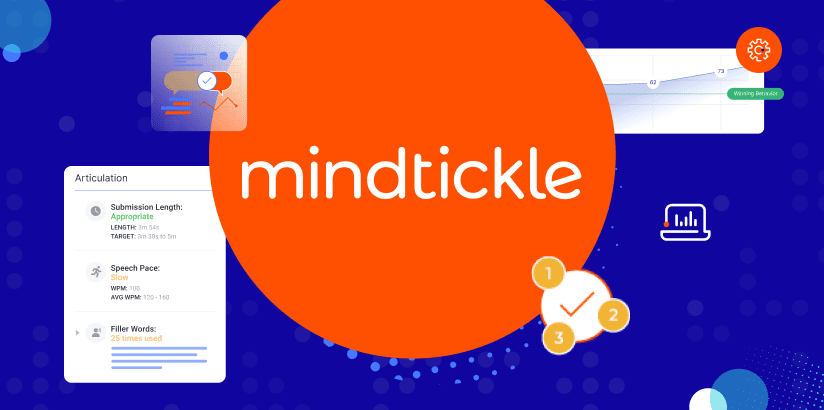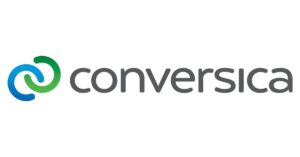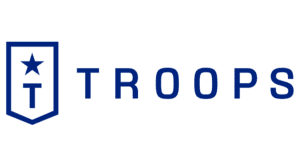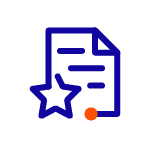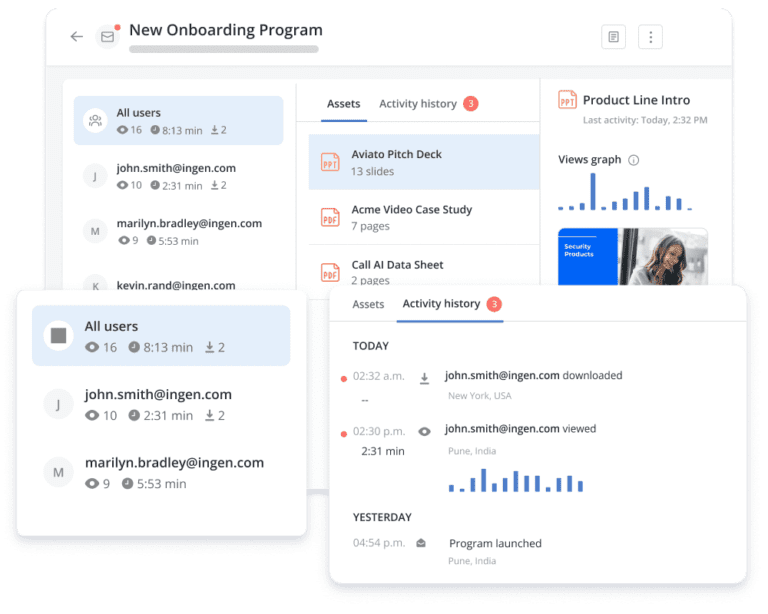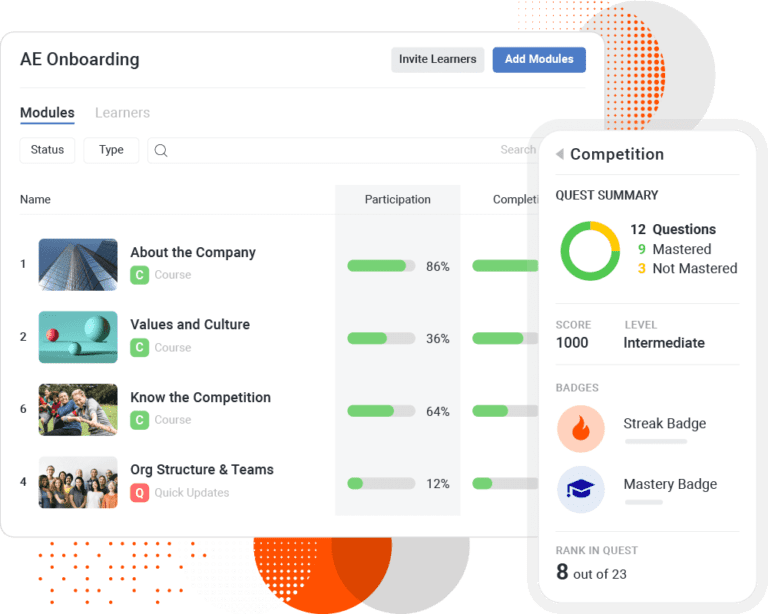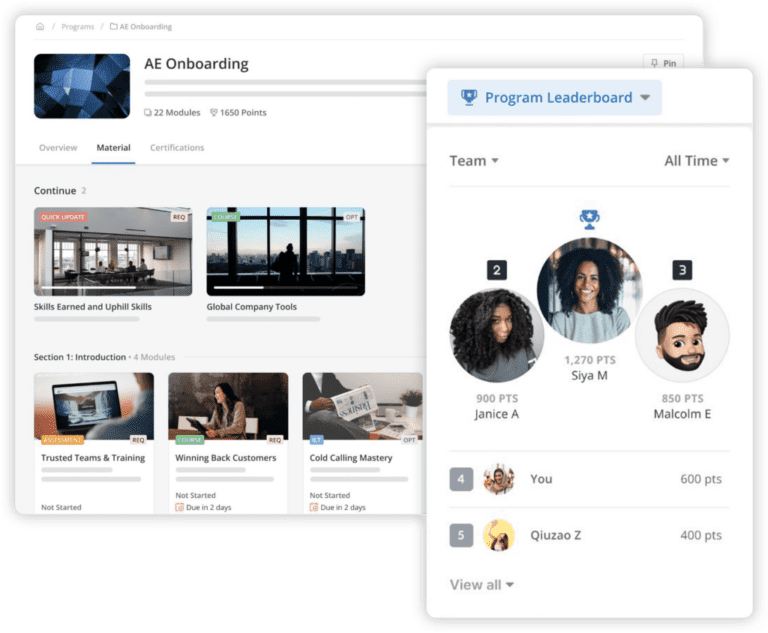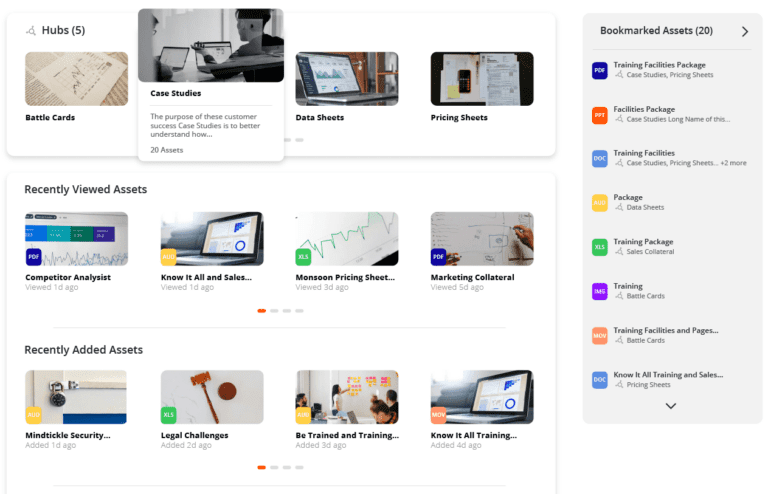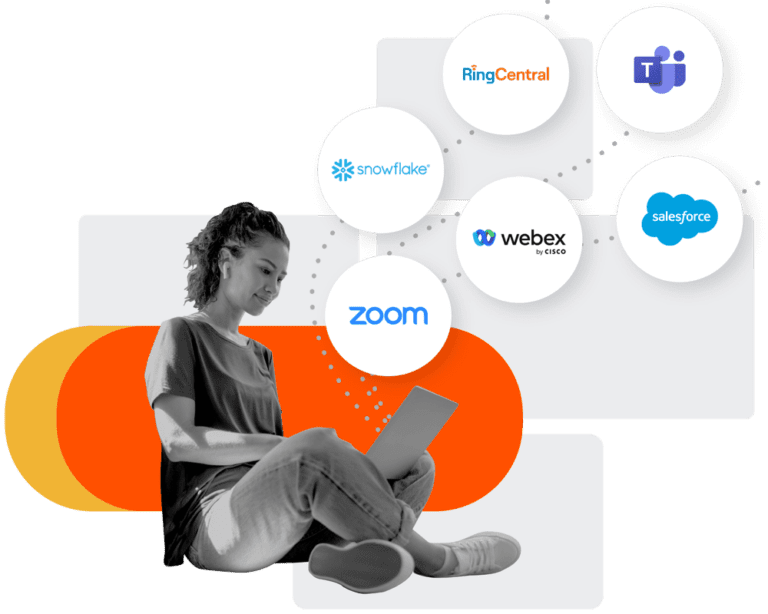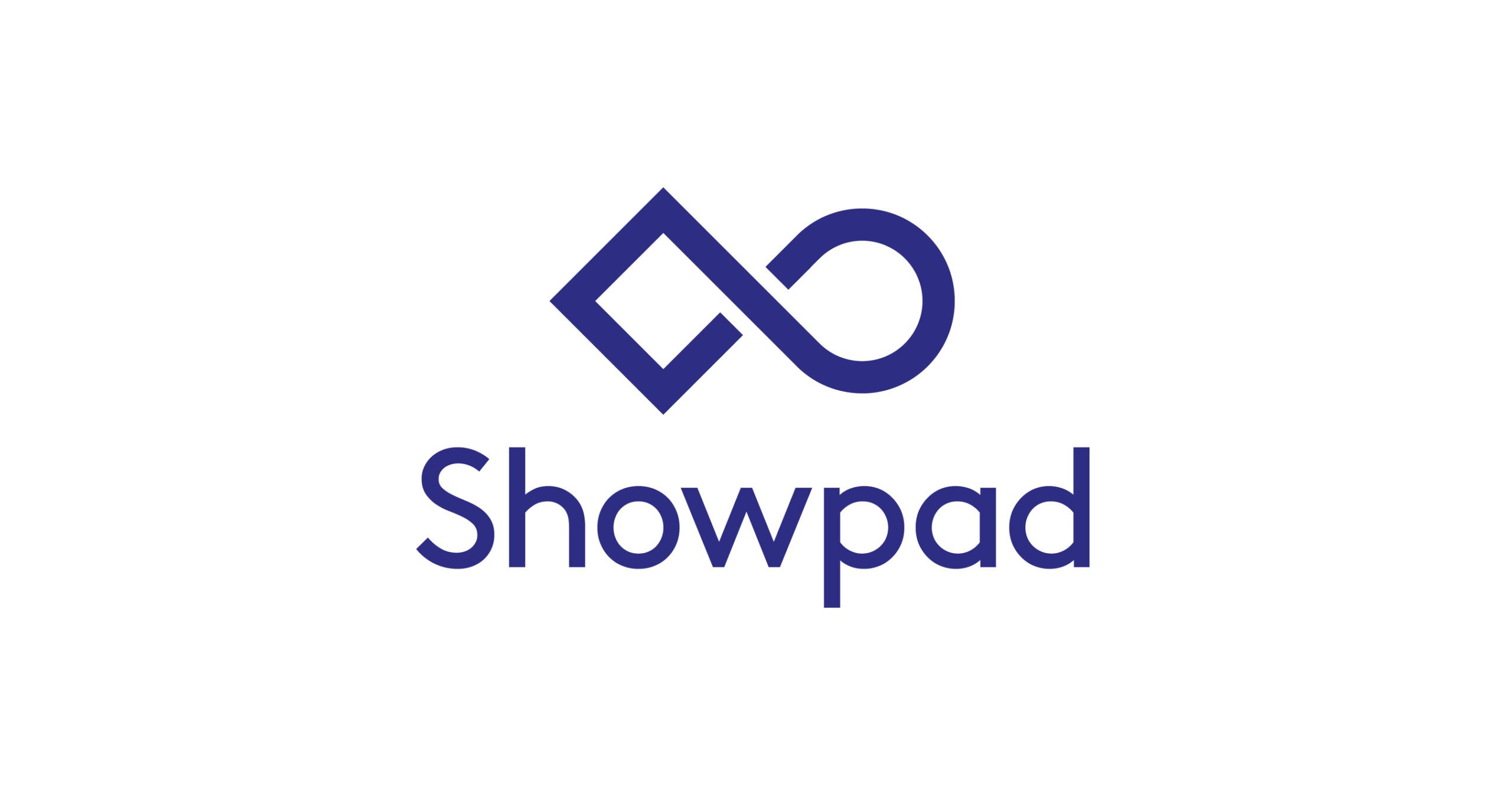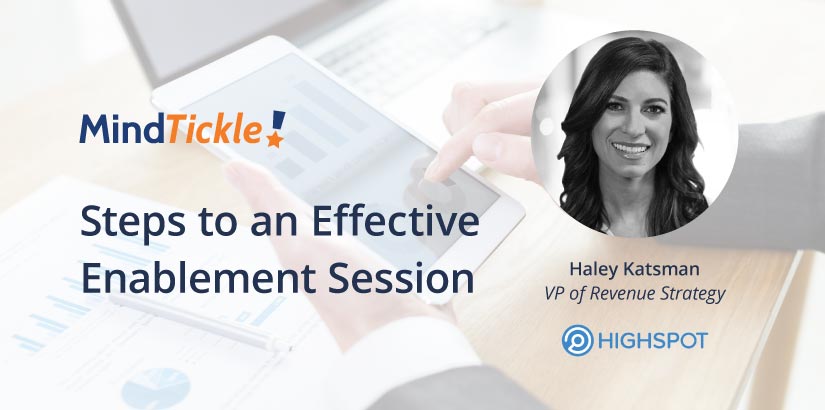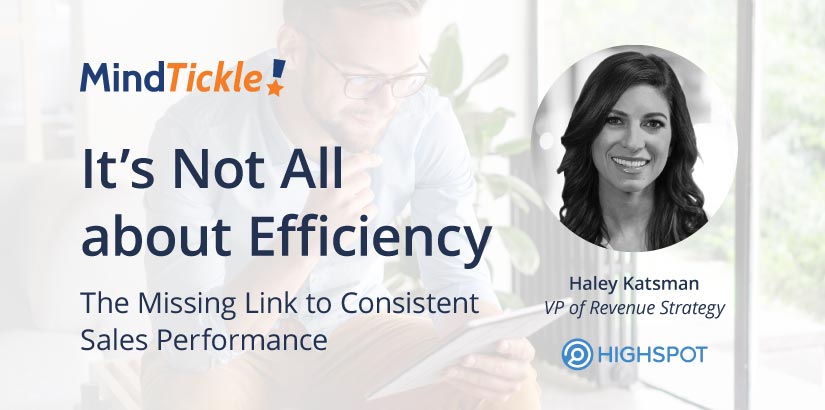The 6 Best Sales Enablement Tools of 2024
![]() Helen Waite
on
February 15, 2024
Helen Waite
on
February 15, 2024
Only 43% of salespeople reach their quota. On top of that, without the proper tools, it’s hard to tell what problems make them miss their quota. But with sales enablement tools, you can understand the attitudes, content, and skills that help your sales reps reach their objectives.
With features like personalized skill development and user analytics, sales teams can improve closing rates, strengthen communication skills, sales coaching, and provide insights to enhance sales cycles.
What to look for in a sales enablement tool
Sales enablement tools help teams understand the health of a sales cycle, spot weaknesses, and manage content that reduces a company’s risk of falling behind its goals by 27%.
Understanding analytics and finding material should be easy. And, as sales reps are always on the go, opt for cloud-based and mobile-friendly tools that are always accessible.
You should be able to extract insights to perform better and points to improve on for future sales.
Merge contact information with the sales cycle so sales reps can personalize the right content and approach for each contact, depending on previous sales history.
Content distribution and storage is important for fast and accessible material. It is also important to track data to show which content performs the best depending on the user profile.
Insights on sales rep performance can spot weaknesses and strengths. These data points capture roadblocks in the sales process, and you can offer sales rep coaching and training when needed.
The following list goes over the best sales enablement tools of 2024. Each platform has strong features that offer support for your sales team.
Mindtickle
Mindtickle is a market-leading sales enablement platform that helps revenue leaders boost sales through analytics, skill development, and content management. The platform has proven to increase sales rep revenue by 64%.
Benefits of Mindtickle
The biggest benefit of Mindtickle is the integrated platform of sales enablement insights, content management, conversation intelligence, coaching, and training.
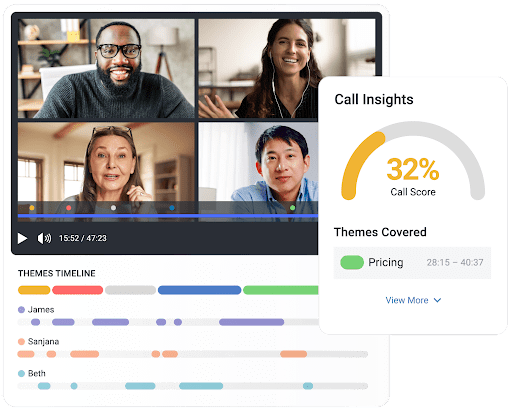

Here’s why.
The platform records each interaction with customers, the content used, and the sales courses that the sales rep has completed. Not only that, but Mindtickle also compares every sales rep’s behavior and tone through recorded calls and emails to find the winning strategy and improve its sales recommendations.
With all this data, Mindtickle gives a full understanding of weaknesses in the sales pipeline and what skills a sales rep should learn to improve their sales rate.
In turn, the continuous development of sales reps increases win rates whilst simultaneously improving sales strategy and learning pitches for future suggestions to other sales reps.
Lastly, Mindtickle sales training differentiates itself by using gamification and video to tap into personal motivation and encourage employees to develop their skills. The platform uses engagement tactics like quizzes and role plays to ensure learned skills are applied to everyday tasks.
This is especially helpful for new hires and developing managers. In fact, Mindtickle was able to cut Janssen India’s onboarding ramp time in half.
Features
- Analyzes account interactions and sales rep negotiations to identify winning behavior.
- Centralized content management accesses situation training, tools, and marketing content and provides insights on when and how to use each piece of content to suit the customer target.
- AI engines give feedback on tone, keywords, and pace of conversations. Then, the conversation insights are used to create training programs and personal coaching.
- AI-recommended next steps and deal risks are identified with health scores, calls, and email sentiments.
- Predictive revenue models use real-world pipeline data to suggest training with role-plays and recommended content.
- Integrates with CRMs, APIs, calendars, and most platforms to centralize the sales stack. This avoids lost information and reduces scheduling, account notes, and communication time.
- Mobile experience for sales reps on the go.
Price
Schedule a demo to learn about Mindtickle’s offer and experience a personalized walkthrough of the platform.
Final thoughts
Mindtickle was ranked the highest-rated sales enablement platform by G2. The platform’s ability to translate sales rep performance into insights helps teams improve and integrate new skills in a way that is evident in their future sales interactions.
Additionally, the app has the best adoption and is rated the easiest to use by G2.
G2 rating: 4.7
Seismic
Seismic equips sales teams with training and content to close deals. The biggest differentiator is the ability to pull data from CRMs and create personalized charts, presentations, and other sales material automatically.
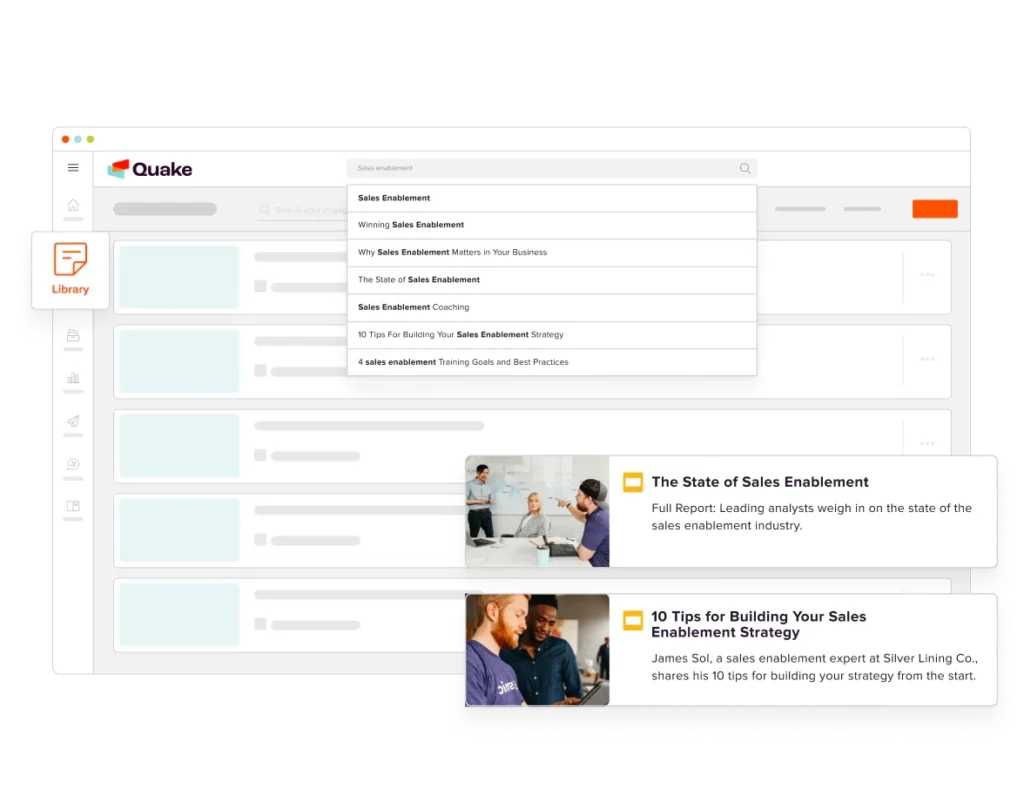

Benefits
Seismic can personalize the buyer experience with customizable dashboards that give detailed buyer insight and recommend actions. The platform pulls data and content performance insights from CRM data.
It gives sellers ownership over the sales materials with centralized content management, where reps customize materials to add personalization to their deals.
Features
- Content management for teams to create, organize, control, and take ownership over content.
- Automate and personalize content with data integrations to deliver a customized workflow.
- Learning and coaching courses to onboard and improve sales skills.
- Integrates with all types of platforms, from analytics to CRM.
Price
Prices are unavailable.
Final thoughts
Seismic is helpful for teams looking to automate and customize their sales materials. And Seismic’s strong analytics helps sales reps improve their sales and onboarding.
G2 rating: 4.4
Highspot
Highspot focuses on coaching and measures seller behavior to give recommendations that improve sales.
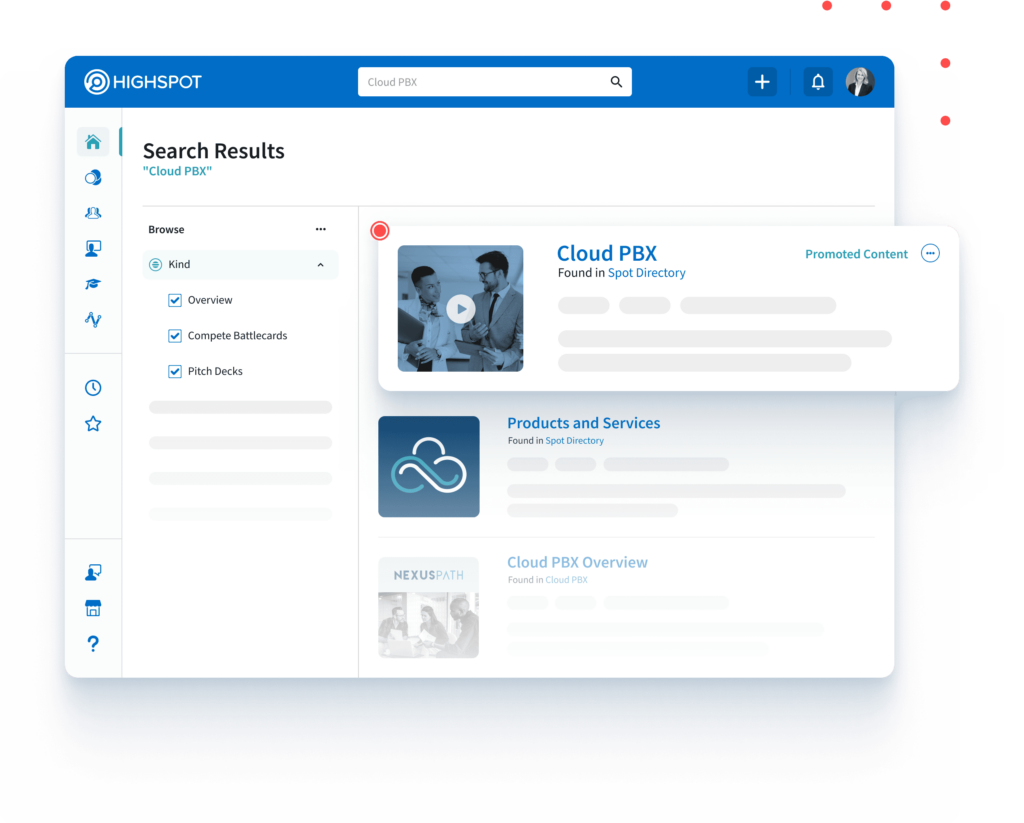

Benefits
Highspot aligns sales templates with selling scenarios to suggest the appropriate approach. The training portal helps sellers follow role-specific courses to improve knowledge retention by engaging in virtual selling activities.
Highspot integrates with social media platforms to directly pitch to customers through their network.
Features
- Content management stores personalized content and uses AI management to highlight resources relevant to existing workflows.
- Integrates with over 100 platforms.
- Reps have access to sales templates that are industry best practices.
- Analytics on content usage, sales performance, and interactive data reports to pinpoint content performance.
- Personalization of landing pages, emails, and micro-portals.
- Sales performance using scoreboards and customer scenarios.
Price
Prices are unavailable.
Final thoughts
Highspot provides industry context recommendations which are helpful for teams learning different industries that need fast adaptation. ROI pinpoints successful content in the pipeline, which is helpful for companies who require high buyer engagement to invest in products.
However, Highspot doesn’t offer call monitoring and feedback.
G2 rating: 4.7
Showpad
Showpad improves B2B selling by giving reps guided experiences for each scenario. It has two main solutions that can be used separately or together. Showpad Coach is for sales training and coaching. Showpad Content is for content creation and distribution.
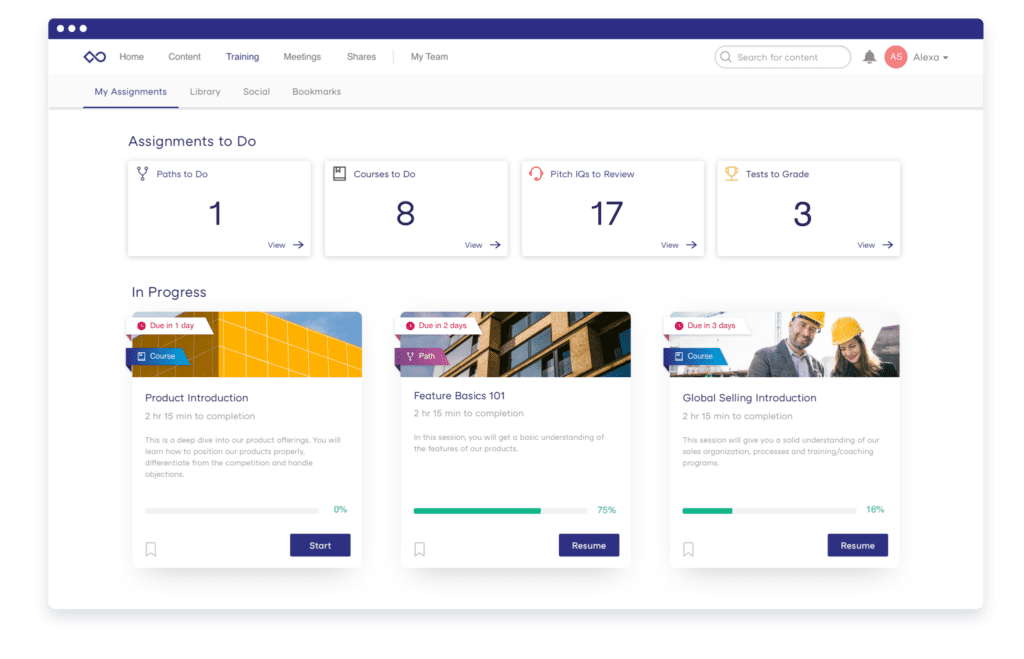

Benefits
For companies with many different industries and target audiences, Showpad’s sales plays help reps with new client relationships. Reps are given seller information, industry insights, and opportunities for upselling or cross-selling.
And to ensure each team member is working towards better selling behavior, Showpad uses quizzes and tests to identify any skill gaps for training.
Features
- Tracks buyer interest to recommend which customers to invest time in.
- Analytics to gather top performance and replicate behavior.
- Content management identifies opportunities for cross-selling and recommends next steps.
- Powerful integrations and collaboration features for content creation and management.
- Sales forecast predictability.
- Videos embedded for personal workflows.
Price
Prices are unavailable.
Final thoughts
Showpad continuously trains employees and has analytics to understand skill gaps. Its content management stores and distributes selling content easily. Although Showpad does identify winning sales behavior, it doesn’t offer an ideal rep profile for selling behavior reference.
G2 rating: 4.6
Allego
Allego’s platform is comprehensive with analytics, skill training, conversation monitoring, and content management. The differentiation comes with using video for learning and communication.
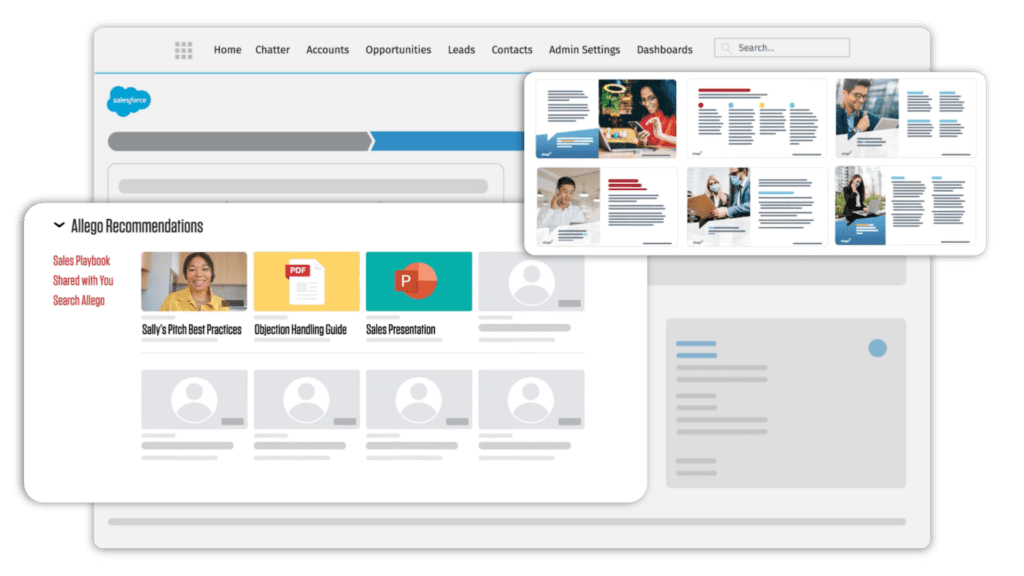

Benefits
Allego records pitches and asynchronous communication, and course creation are easy with content tools that publish new lessons onto the platform.
Analytics monitors conversations, gives sellers feedback, and gives written suggestions when reps feel stuck in customer interactions.
Features
- Accessible content management and analytics show ROI, instructions, and peer examples.
- AI-powered coaches recommend next steps and courses.
- Conversation intelligence to improve the conversation.
- Pre-board new hires with onboarding channels and virtually show good examples.
- Insights on calls and deals to identify weaknesses in pipelines.
- Score sales readiness to assess the probability of sales closing rates.
Price
Not available
Final thoughts
Allego has extensive AI-powered metrics for sales readiness, sales content, and courses. Although Allego analyzes words spoken, it doesn’t provide feedback on tone or presentation to improve sellers’ communication skills.
G2 rating: 4.6
Gong
Gong captures customer interactions and analyzes salesperson behavior for communication risks and improvement opportunities.
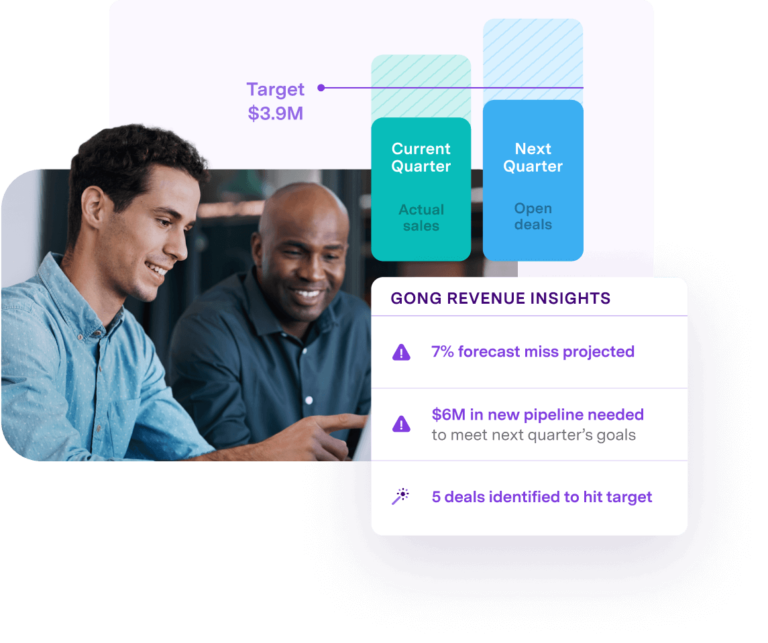

Benefits
The benefit of Gong is the amount of analysis and reports given to coaches from sales rep interactions.
Front-line managers receive insights on sales reps for improvement, but successful sales cycles record talk tracks so the next sales rep knows exactly what to say to close a deal.
And for busy sales reps, Gong ensures no actions are missed with real-time alerts when actions are required.
Features
- Shares top-performing salespeople strategies.
- Identifies weaknesses in sales rep interactions and provides insight for improvement.
- Helps strategize buyer path from other successful reps.
- Comprehensive integrations with every type of platform.
- Centralizes the content for revenue teams to work together and collaborate on accounts.
Price
Not available.
Final thoughts
Gong’s platform transforms each interaction into insights. However, there’s little onboarding and educational training for sales reps to work and develop their skill set. And Gong doesn’t offer video role plays or practice situations to reinforce learned behaviors.
G2 rating: 4.7
Whatever you choose, your sales enablement tool should scale as your company grows
Your sales enablement tool choice should complement your team’s needs. As your company grows, your choice of sales enablement platform must scale with you. So it’s important to look for a solution that gives support to growing roles and content libraries.
When companies grow, their products and offers expand. It’s important to ensure your sales team feels supported with the tools to navigate growth and new clientele without losing the brand’s guidelines and company objectives. That’s why clear content management and analytics help sales teams keep content that performs and organize material that drives revenue.
And this can come in the form of courses and knowledge tests to onboard new hires into the company with clear expectations and ideal rep behavior. The insights from winning sales rep behavior ramp up the onboarding process and empower hires with knowledge and traits to reach their quota.
Mindtickle supports your team with its content management system, sales readiness, analytics, and courses to provide support and direction for your team to grow.
Sales Enablement in Mindtickle
Want to learn more about how Mindtickle can help revenue enablement teams build + scale programs that impact business outcomes? Let's see if we're a fit for one another.
Request a DemoThis post was originally published in September 2022 and updated in February 2024.

